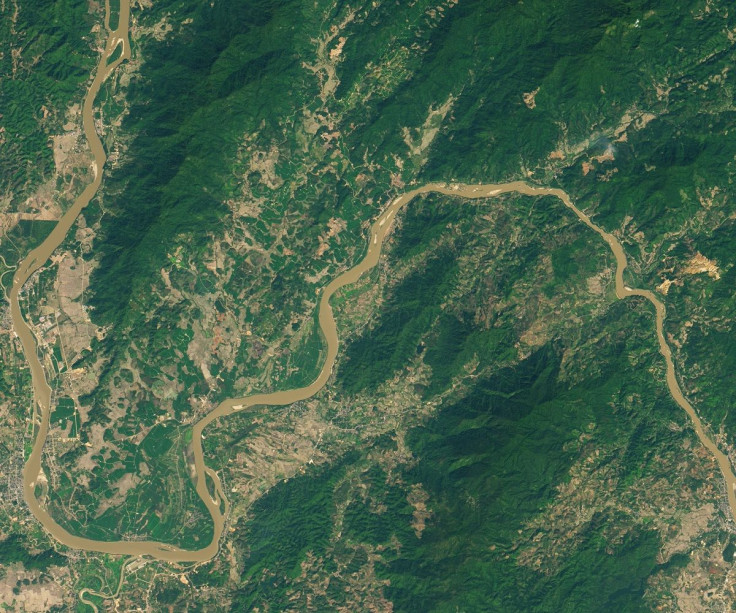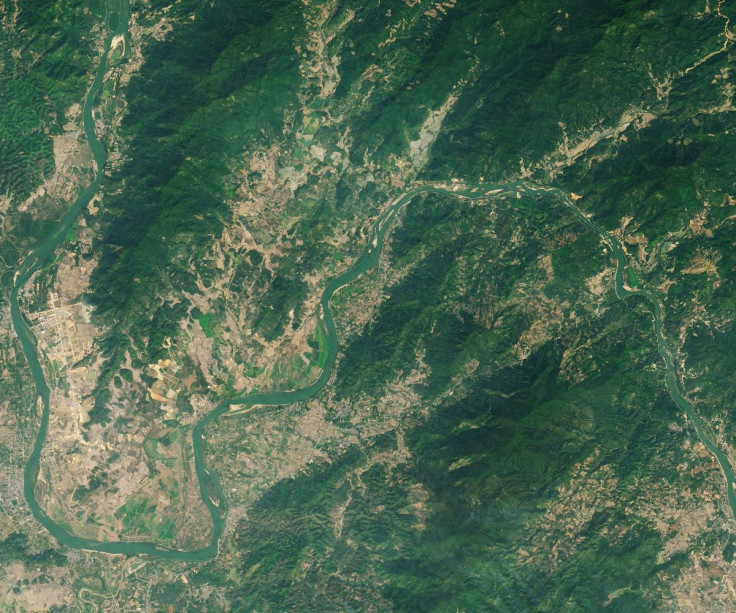NASA Satellite Images Show Mekong River Change From Brown To Green
KEY POINTS
- The Mekong River started turning green around November last year
- NASA satellite images show the water color difference between 2015 and 2020
- According to authorities, drought and dam constructions likely caused the change
NASA and the United States Geological Survey’s (USGS) Landsat 8 satellite captured images of the Mekong river before and after it turned from its signature brown to an unusual aquamarine color. According to authorities, it is possible for the green color to persist until the flood season.
Brown To Green
The Operational Land Imager on the Landsat 8 captured images of the Mekong river near the town of Huay Xai in Laos. Compared to the 2015 image where the Mekong was still brown, the latest image of the same area shows that the Mekong had turned somewhat blue-green.

In fact, the color change was first reported back in November 2019 in northern Thailand and, the change has since been observed along the Lower Mekong. According to the Mekong River Commission (MRC), the water change happened as a result of slow-moving and extremely shallow river flows. Because of this, the fine sediments that typically turn the water brown have dropped, creating clearer water conditions and promoting the growth of algae.

Unfortunately, this has been problematic for the people who rely on the Mekong because the high algae concentration has been clogging fishing nets and making it difficult to fish.
Drought, Dam Construction
So, what caused the river flow to become shallower and slower? It is likely that the combination of drought and dam constructions may be to blame. In the last few months, the Lower Mekong received 20 to 30 percent lower rains compared to normal conditions, while the dam constructions are causing the river’s natural flows to be diverted and reduced.
Authorities note that climate change could lead to more extreme and unpredictable weather, which could mean even more trouble for the farmers and fishermen who have been relying on the Mekong River for centuries. Although hydropower that will come from the dams will not contribute greenhouses gasses, such projects still have detrimental impacts on the life of the river.
So far, the hydropower development in Laos is being backed by Thailand and, Vietnam is planning to build nine more along the Mekong.
Given the current situation and future dam plans along the Mekong, the MRC estimates that about 97 percent of sediment flow to the river’s mouth could end up being blocked by the year 2040. For now, the MRC predicts that the green color of the Mekong this 2020 may persist until the flood season, which would be around late May.
© Copyright IBTimes 2025. All rights reserved.





















